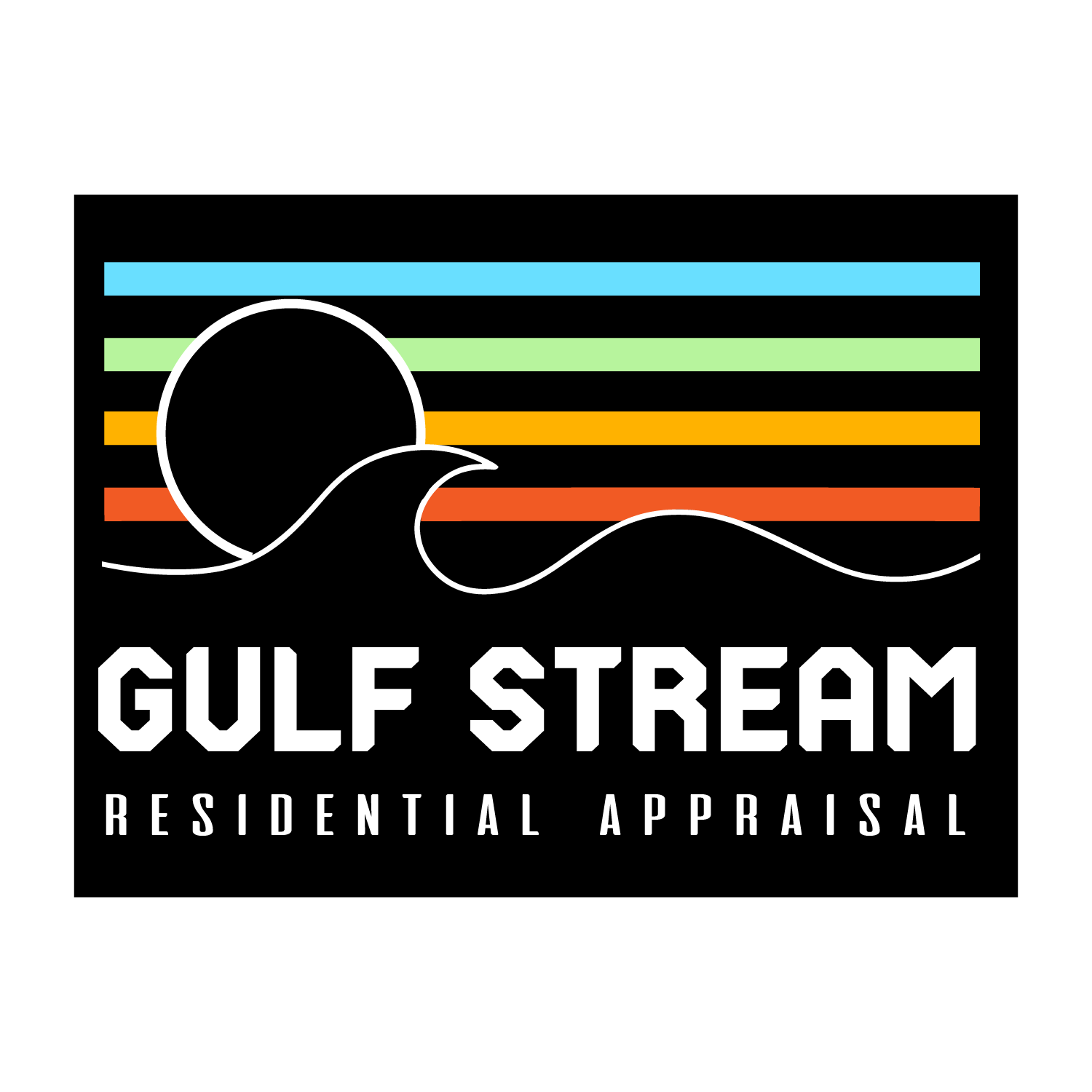Appraisal Waivers Now at 90% LTV: What’s the Real Risk?
In early 2025, Fannie Mae expanded its “Value Acceptance” program, commonly known as the appraisal waiver program, to allow eligibility for loans with loan-to-value (LTV) ratios up to 90%. That means a buyer with just 10% down may receive an automated valuation approval with no traditional appraisal involved. For some refinance loans, the program already stretches to 97% LTV. While this expansion may seem like a streamlined path to closing, it raises a serious question: What are buyers missing when they skip the appraisal?
Let’s be clear about what “Value Acceptance” is. It is not an approval of value by a human. It is a data-driven model relying on prior appraisal data, AVMs, and risk scoring. The system cannot walk through the property. It does not know if the roof is aging, the floor plan has functional issues, or if the home backs up to a noisy utility easement. And it certainly will not recognize if a seller priced a property too aggressively during a short-term market rally. The waiver is based on confidence in the model, not the actual condition or competitive standing of the home being purchased.
Fannie Mae justifies the expanded eligibility by pointing to performance data that suggests default risk remains low for many borrowers receiving waivers. But that is only one metric. It says nothing about the long-term investment quality of the home or whether the buyer is overpaying relative to other similar properties. When prices shift quickly, especially in fragmented or recovering markets like parts of Florida’s Gulf Coast, relying on older data or automated systems is a gamble. The model does not know what happened on the street last week or how to interpret data on a micro level.
According to Fannie Mae’s Loan Eligibility Matrix (updated February 2025), appraisal waivers can now be granted for:
• Purchase loans up to 90% LTV (previously 80%)
• Rate and term refinances up to 97% LTV
• No cash-out refinances with as little as 3% equity, in some scenarios
(Source: Fannie Mae SEL-2025-01 and LL-2025-02)
Lenders like the speed. Borrowers like the idea of skipping the $600 to $900 cost. But here is what gets overlooked. When the appraisal is waived, there is no independent valuation, no property inspection, and no analysis of how the subject competes in its local submarket. If a buyer pays $750,000 for a home in a neighborhood where recent closed sales cluster around $690,000, that risk is not flagged because no appraiser was hired to flag it. That is not just an academic concern. Over the past year, some waiver-approved properties have come back on the market shortly after closing with price reductions that suggest the buyer may have paid above market.
A qualified appraiser provides more than just a number. They give insight. An appraiser can identify if a home is atypical in its layout or location, whether it is overpriced compared to similar homes that required concessions, or if recent nearby sales are trending downward. They also explain their conclusions, giving the buyer a clearer view of what they are walking into, not just a green checkmark from an algorithm.
For high LTV loans, this becomes even more important. A 10% down payment does not leave much room for error. If the buyer needs to sell within a year and the market has corrected by even 5%, they may be underwater, especially once transaction costs are factored in. And when appraisals are waived, there is no third-party validation that the buyer even had 10% equity to begin with.
There is nothing wrong with using data models to streamline risk assessments. But there is a difference between identifying loans unlikely to default and confirming that a buyer is making a sound financial decision. A professional appraisal is not a hurdle. It is an opportunity to test the logic of the purchase, and in a volatile or segmented market, that perspective may prove to be the buyer’s best protection.
